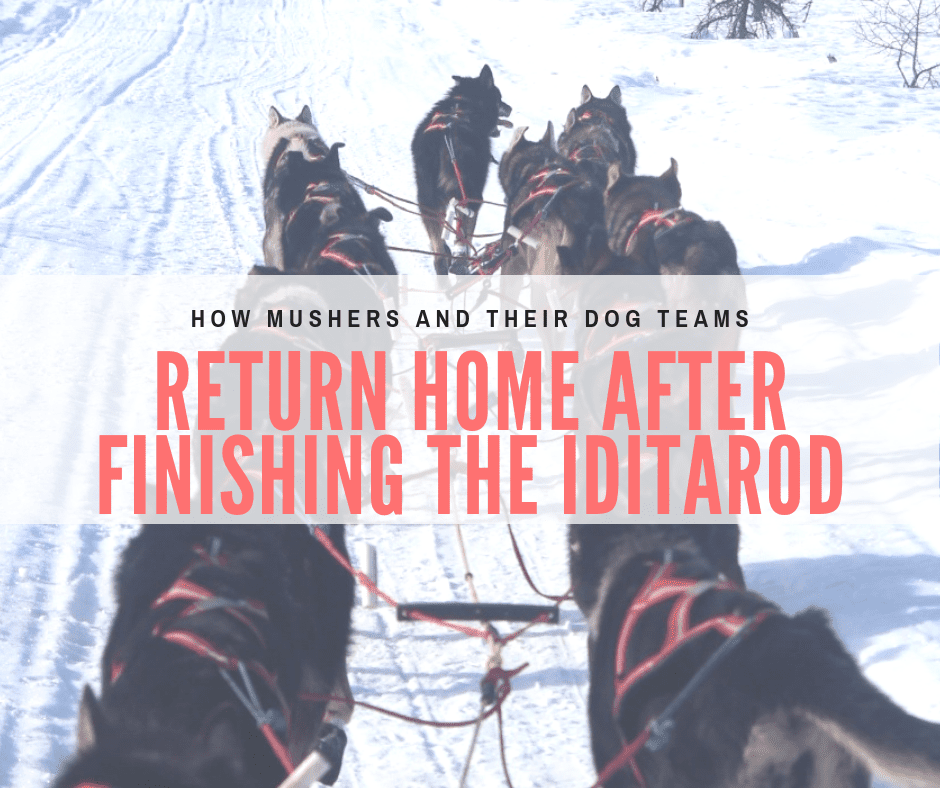
After teams find themselves in Nome, Alaska celebrating their momentous achievement of finishing the Iditarod, they must then work on scheduling their own return trip. Generally, after arriving in Nome mushers are quick to make arrangements — if they haven’t done so already — for themselves and their dogs. Nothing feels quite as nice as your own bed for you and for your dogs!
What you don’t see from the live web feed after a dog team arrives under the burled arch in Nome, is where the teams go. The teams travel a few blocks further to a temporary dog lot that is set up during the race. This area is called the Nome Dog Lot. At the Nome dog lot, there is a dedicated crew of volunteers who stay with the dogs, in rotating shifts, 24/7 to help watch over the dogs when the mushers or their handlers can’t be there. That being said, care for the dogs themselves is done entirely by the mushers and their handlers.
When a musher and their team arrives at the dog lot, they are quickly directed by the volunteer crew as to where they will park their sled and unhook their team. Usually, a musher has a handler present in Nome who will help them with their team. The handler will have set up kennels for the dogs who have finished and will have also added straw to them so that the dogs will have a nice warm place to stay. The straw adds insulation to the kennels which serve, in part, as a windbreak. The handler will also bring a musher’s drop bags over. Experienced handlers will often have a hot meal waiting not only for the dogs but also for the musher!
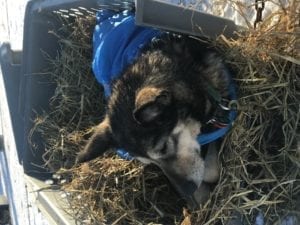
All teams that arrive are inspected by a veterinarian as the musher and their help unharness the team and begin rubbing them down. If the musher has finished in the top 20 of Iditarod then the musher will have a panel of veterinarians over to inspect each dog. The musher will have to take each dog for a small walk in front of a committee who will carefully evaluate the gait of the dog. This is partially how the Leonhard Sepphala Humanitarian Award is given out. How a team finishes the race is almost as important as how the perform. A dog team should come into Nome looking strong and well hydrated. This evaluation is part of a larger evaluation of mushers and their care on the trail.
Most mushers feed their dogs several small snacks at the finish line consisting of fish or beef. Once the team is settled and the vet check is complete, they will get a nice big meal. Teams who have finished in the prize money for Iditarod must then wait for the Iditarod drug testing panel to come and collect urine from their dogs. This can be anywhere from the time a team finishes up until four hours after the team crosses the finish ilne. The reason the drug tester may take so long is that often the dog team needs to eat and drink before they are able to easily provide a urine sample. During this time a representative from the team must remain with the dog team.
At the earliest possible time available, a musher will make arrangements to fly their team out of Nome. Local freight carriers such as Northern Air Cargo and Alaska Airlines provide “back-haul” shipping out of Nome. Because so many supplies routinely have to go into the small town for it to survive, many planes go back empty.
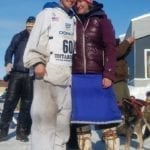
This is great news for mushers because ultimately, it means it is relatively inexpensive for the dogs to get shipped home. Alaska airlines charge a flat rate of $425 to ship up to sixteen dogs and a sled back. Northern Air Cargo charges by weight — if you have a smaller team that has finished, choosing Northern Air Cargo may be a better option. We’ve worked with both carriers in the past and have been very happy with how they have taken care of us and our dogs. Believe it or not, it’s cheaper to fly the dogs back than it is to fly the humans back!
Mushers generally stay in Nome until the finishing banquet. For top placing teams, this can be 4 or 5 days so many mushers elect to send their dogs home as soon as possible. This is done because the living arrangements in Nome are temporary. The dogs will recover better sleeping in their own dog house away from the distraction of dozens of other teams. Generally, a musher running the race has a crew of people back home willing and able to take care of their team. These people have generally been involved with the care of the team for the entirety of the training season. Until the dogs depart, mushers are constantly caring for their dogs, feeding them, rubbing them down, and taking them for walks so they can stretch out.
Any musher who has finished the race will receive $1049 check to help with these expenses. Generally, this is enough to cover flying the dogs, the dog sled, and any other equipment back as well as pay for the musher’s return flight. Many mushers joke that without this check, they’d have to mush back home!
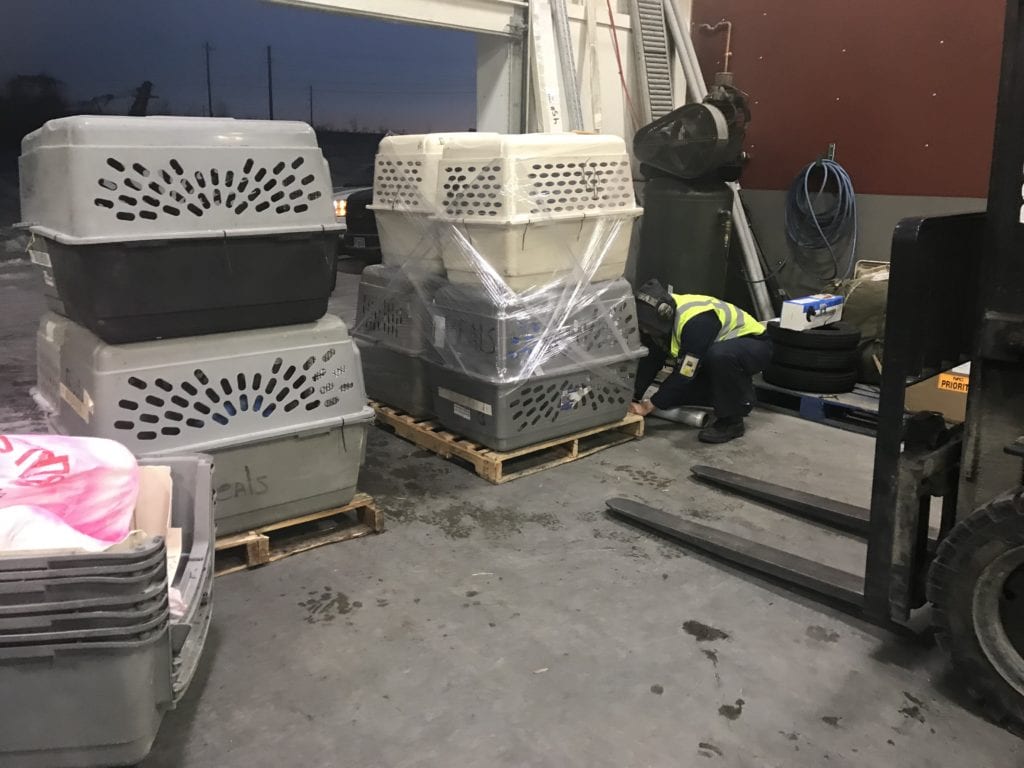
The dogs are generally shipped home in airline kennels, one dog per kennel. The kennels are generally stacked on pallets and syran wrap is used outside the kennels to keep them to the pallets to help prevent the dogs from moving in flight. Generally, four dog crates are put on each pallet, two on the bottom and two on top before the syran wrap goes around the outside of the kennels. This is done in such a way as to not impact ventilation but to ensure that the kennels are properly secured to the pallet and to each other.
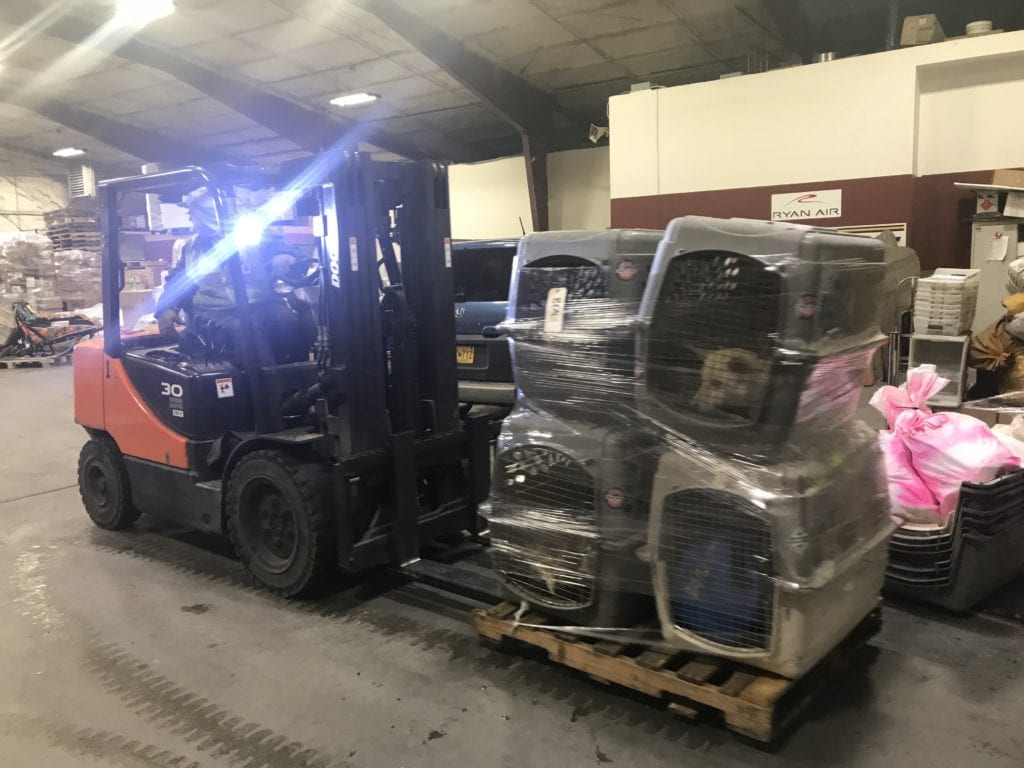
The Finishing Banquet is a time for celebration. Special awards such as the Leonhard Seppala Humanitarian Award and other prizes, both those won along the trail and those voted on by judges and mushers, are handed out too. It is a fun event where mushers get to congratulate one another on finishing the race and enjoy the camaraderie of the mushing community.
The finishing banquet ends early in the evening. Most mushers, who have now been away from home for a minimum of 3 weeks, are eager to return home and hop on the earliest flight out of Nome which is directly after the banquet. Other mushers, stay for a few more days and continue to enjoy the post-Iditarod festivities.
Once home, most mushers and there dogs relax and start the planning process for next year’s race.
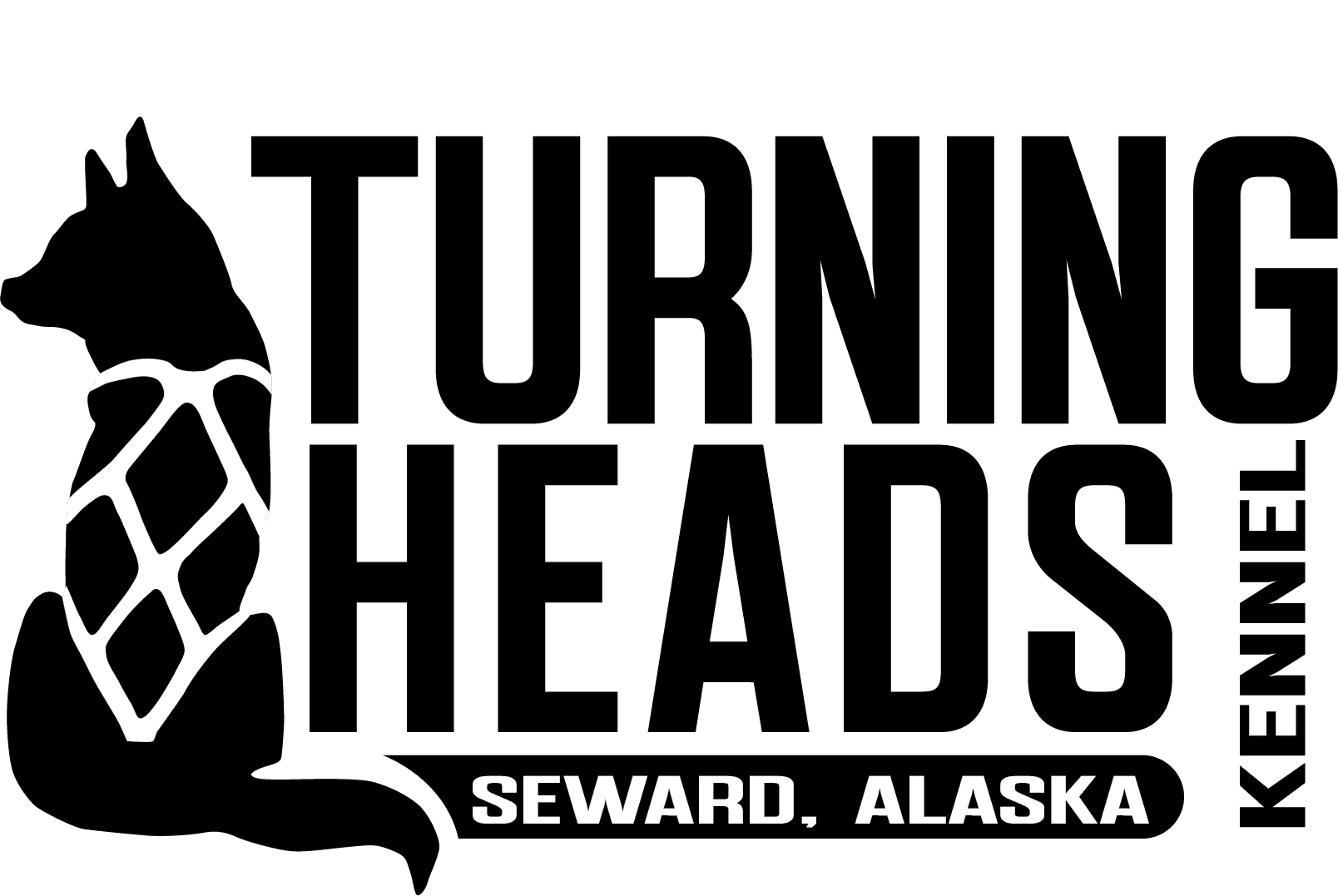
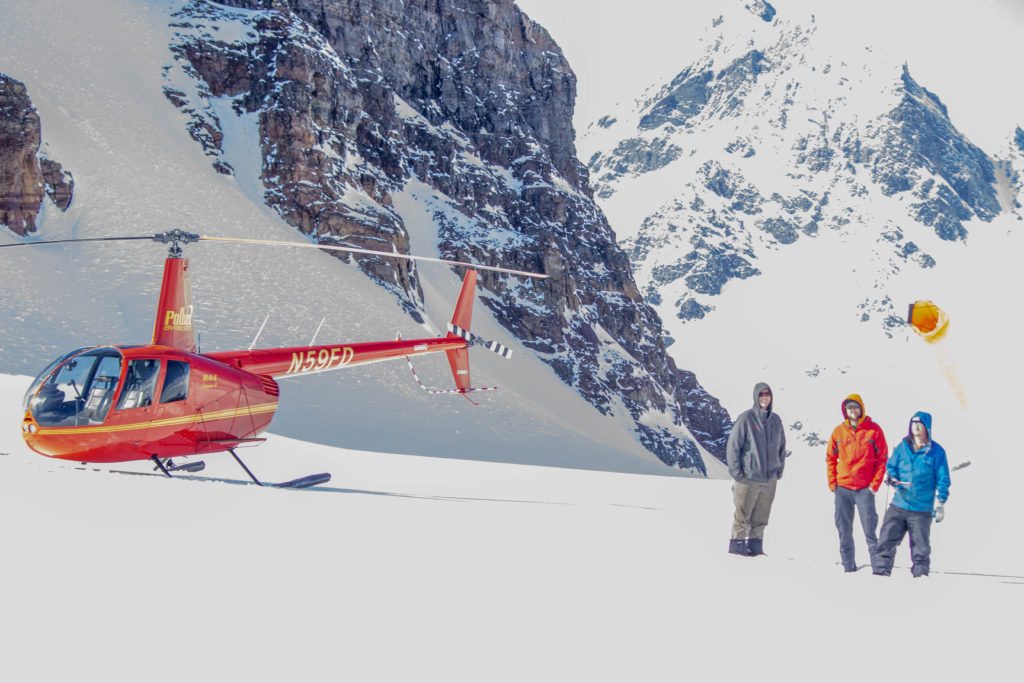
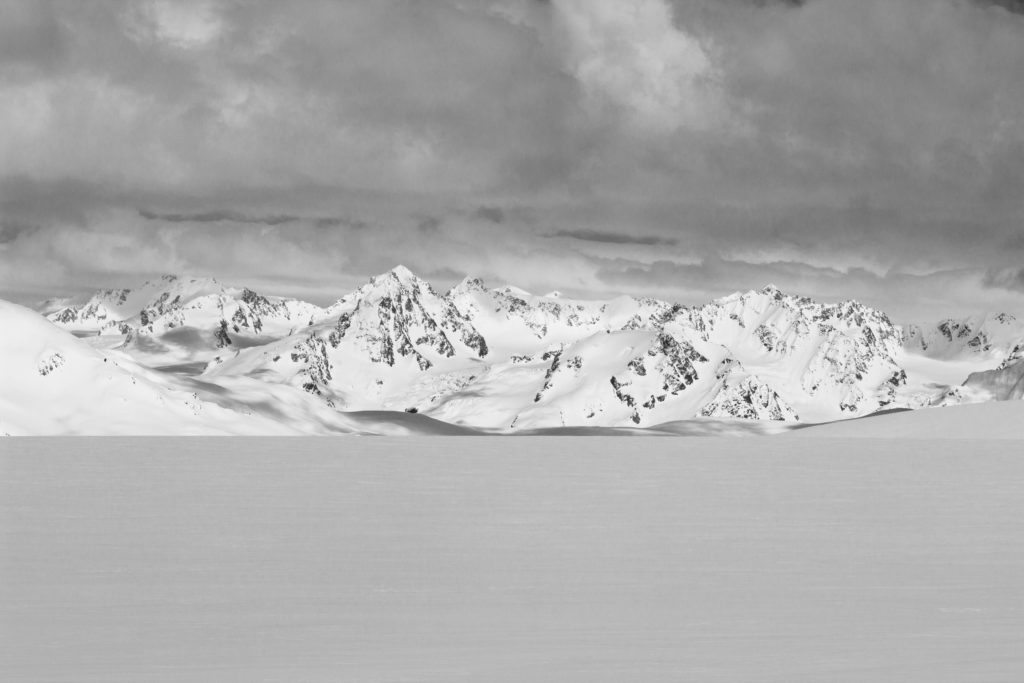
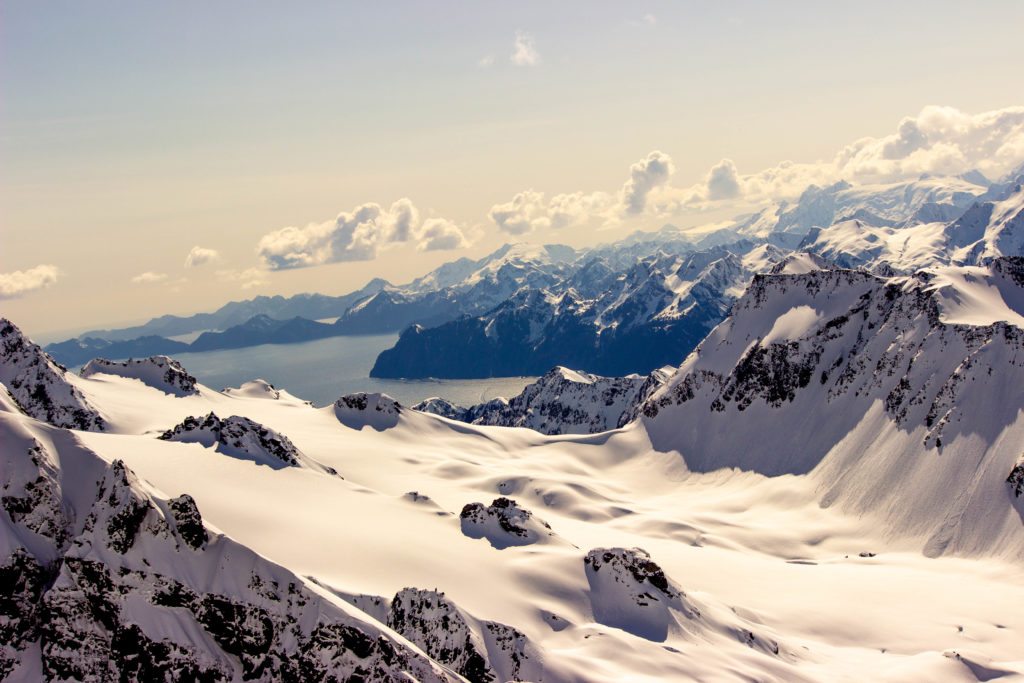
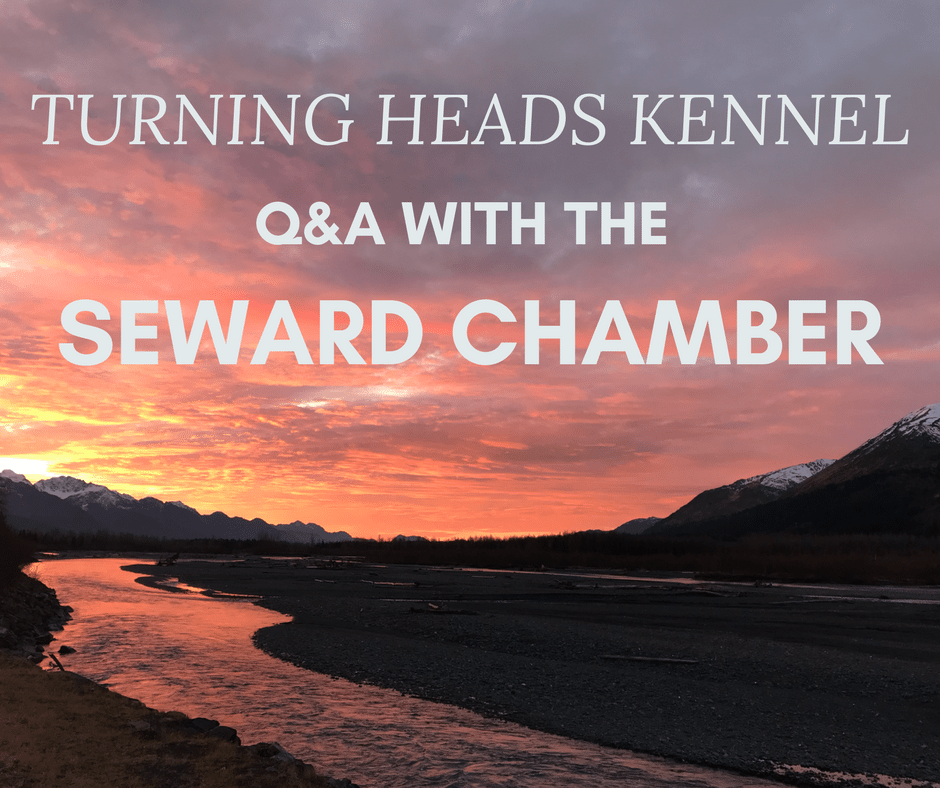
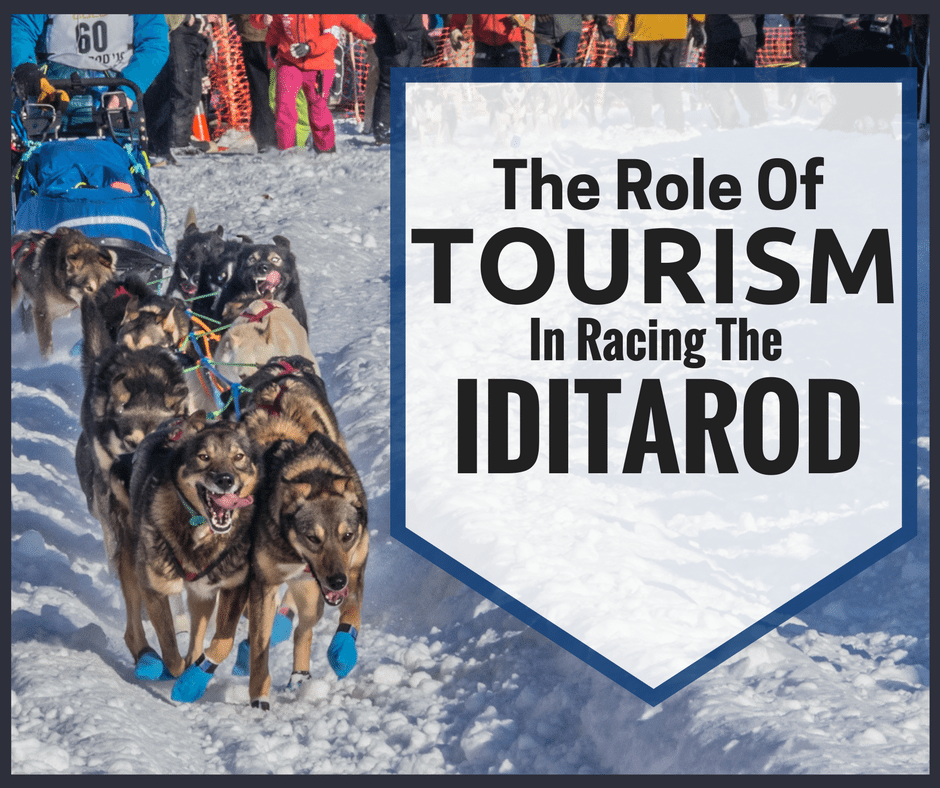
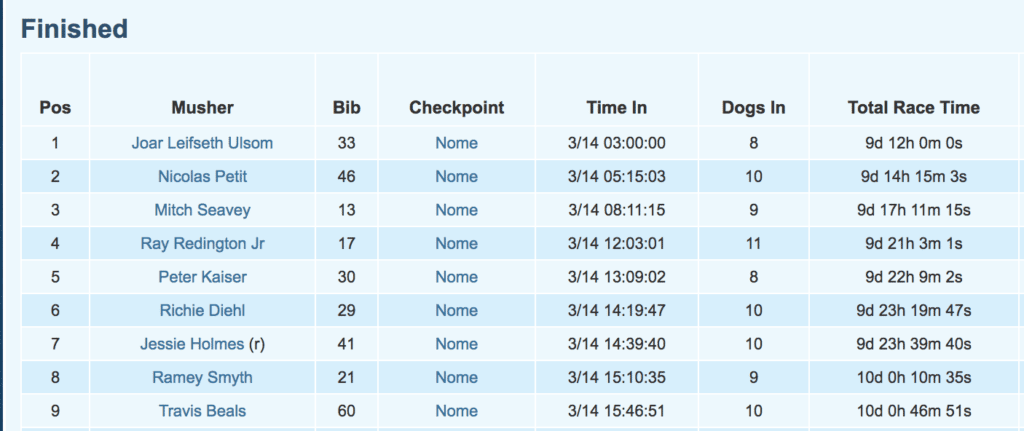
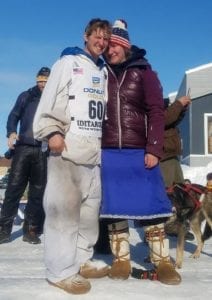 After one final pat on the head, it was off to see Travis. When I arrived back at the house, he was already napping. He wanted to be woken up after about a 2 hours sleep.At 9pm I went in to our room “Travis,” I said gently nudging him. “It’s time to wake up.”
After one final pat on the head, it was off to see Travis. When I arrived back at the house, he was already napping. He wanted to be woken up after about a 2 hours sleep.At 9pm I went in to our room “Travis,” I said gently nudging him. “It’s time to wake up.”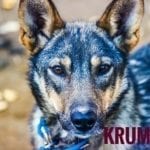 Krum
Krum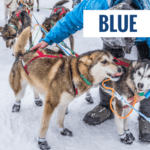 Blue
Blue Gremlin
Gremlin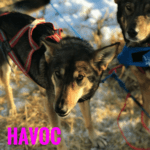 Havoc
Havoc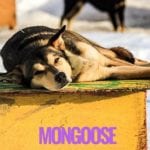 Mongoose
Mongoose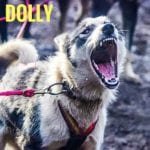 Dolly
Dolly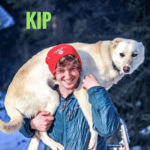 Kip
Kip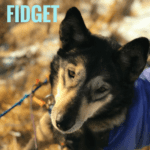 Fidget
Fidget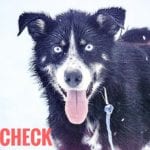 Check
Check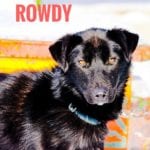 Rowdy
Rowdy